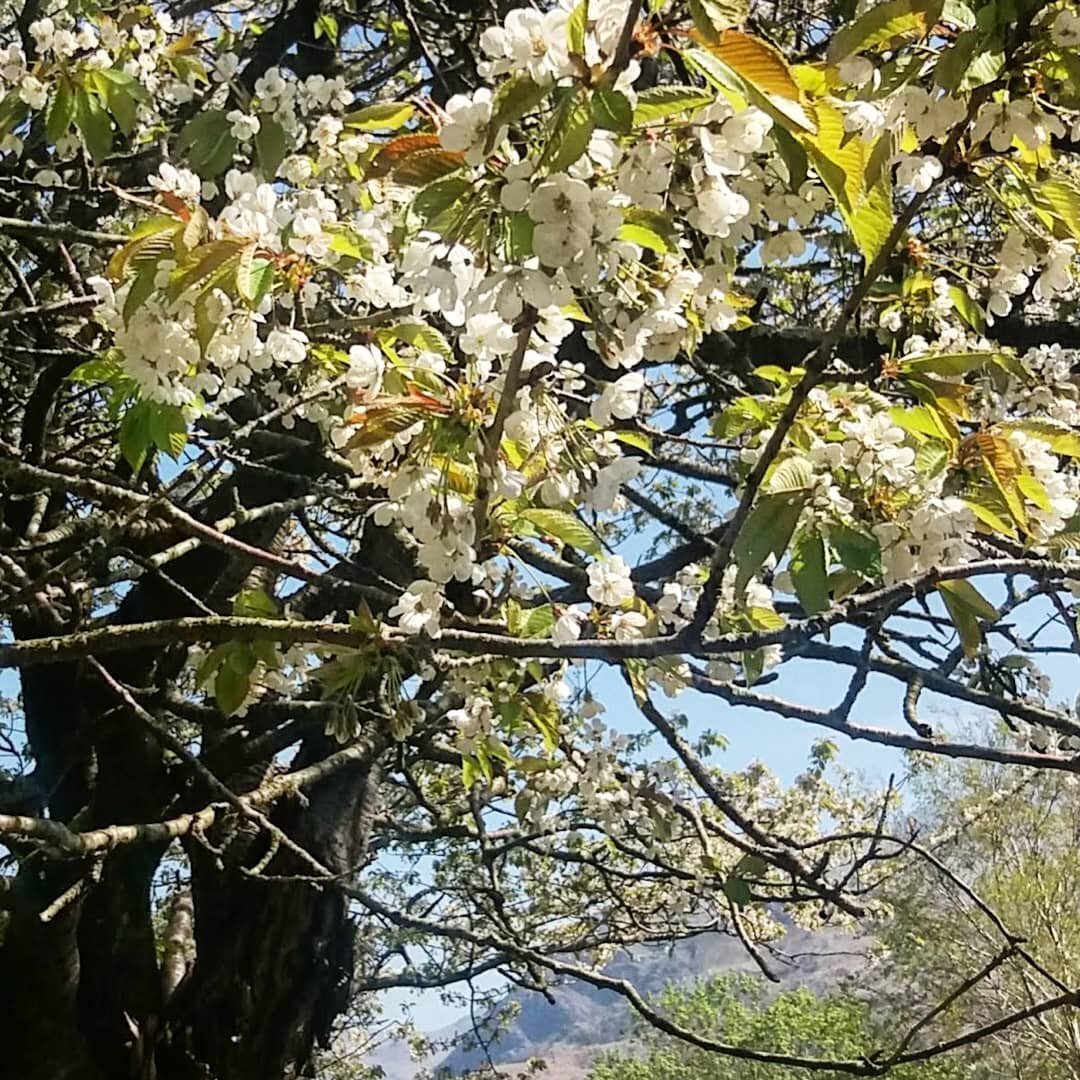Hedgerow Diaries- April
Back at the start of Lockdown Pete and I were wondering how to proceed with social media during such difficult times. Some people love to still dream about far off places and new adventures in the futures. Others don’t want to be reminded of places they can’t go. Each of us were just trying to get through each day best we can. Latitude was always meant to be more than climbing routes and mountain summits. So in these strange days, when our adventures have focused on the smaller things, we thought we would do some Hedgerow Diaries.
April 21st - Bracken
Maybe small in size but huge in importance. Hedgerows are often all that is left of our ancient wildwoods, steeped in myths and legends, they hold the plants that are the guardians to the underworld, the strongest medicine and the most lethal poisons. And just sometimes really pretty.
So first up is the much maligned Bracken. It's the largest of our native ferns. Its been around for about 55million years and is possibly the most common plant in the world. In old lore the spores of bracken could make you invisible, and when attacked the young shoots release cyanide. Pretty cool.
April 25th - Wild Cherry
The beautiful cherry blossom is one of the best parts of spring. It seems almost too ornamental to be part of our wildwoods. Cherry bark has been used for a long time in cough and cold medicines. Children used to make a sort of chewing gum from the resin.
But best of all is the fruit to come. There is archaeological evidence that cherries have been eaten since Bronze Age times. Surely the tastiest delicacy of our hedgerows.
April 28th - Hawthorn
Bara Caws- the bread & cheese of the hedgerow. Heart medicine of old, and even older still the tree that guarded the underworld. Soon to have the may flower, heralding summer, but for now loving seeing the new green shoots on the old gnarled branches.
April 30th - Gorse
Ok, probably not technically part of the hedgerow, but we needed some colour, and when the gorse blooms, no matter the weather, the hillsides are filled sunshine and the heavy scent of coconut is in the air.
The flowers make great wine, and are a very old source of yellow dye. The spiny bush branches burn really hot and were used to fire kilns, and a soap can be made from the ash.
But most popular is it's romantic (& not very restrictive) dictate- "Only kiss your beloved when the gorse is in flower"




